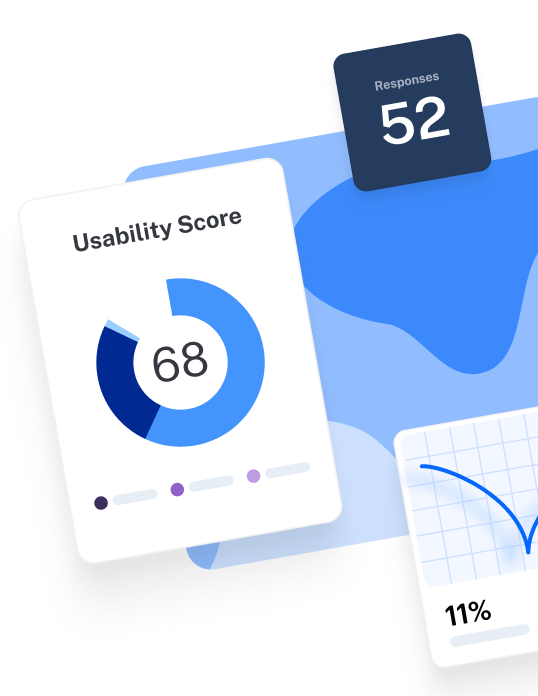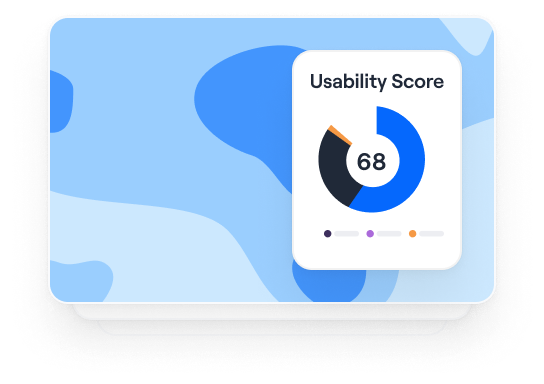Chapter 7
Mobile Usability Testing: A Step-by-Step Guide for Better UX
TL;DR
Mobile usability testing helps you identify friction points, measure ease of use, and improve the overall mobile user experience. With the right process, tools, and user feedback, you can design apps and websites that engage, convert, and retain users, from wherever they access your product. Platforms like Maze streamline testing with real user data, heatmaps, and AI-powered insights.
Mobile usability and desktop usability are two different games, with two different sets of rules. An experience that’s enjoyable on desktop doesn’t necessarily translate to mobile, and failing to recognize this can lead to a sub-par experience for your users.
Mobile usability testing is the key to creating a mobile experience users want to return to.
A mobile usability test evaluates your mobile site’s or app’s flows, exposes friction points, and ultimately tells you how usable it is for your target audience. It helps you identify what works and what doesn’t, based on real user experiences.
In this article, we give you the step-by-step process for mobile usability testing, what metrics to consider, and the best tools to streamline the entire process.
What is mobile usability testing, and why does it matter?
Mobile usability testing helps you determine how easy it is for users to complete tasks through your app or mobile site, and gives you insights into friction points and ease-of-use to improve your overall mobile UX. With mobile usability testing, you can also assess your digital product’s user experience, functionality, and UI.
Typically, mobile usability testing involves assigning participants a task—or set of tasks—to complete on your wireframe, prototype, or finished mobile app or website. After completion, you can collect qualitative and quantitative user insights, like:
- User reports of confusion surrounding specific flows or tasks
- The number of mistaps and where they occur to help you identify likely drop-off points
- Time on task, with a longer time suggesting a confusing user flow
- Abandoned flows, which can point to cognitive load, user frustration, or high-priority friction and pain points
- Repeated actions indicating a feature isn’t working properly or as expected
- Task success rate, where a higher rate signifies an intuitive mobile UX experience and usability
Mobile usability testing is a non-negotiable part of mobile-first user research. It gives you insights that directly inform design decisions, ultimately leading to better mobile UX.
Some of the main benefits of mobile usability testing include:
- Better user engagement and satisfaction: 74% of mobile users are likely to return to a mobile app or website if it has good mobile UX
- Fewer drop-off rates: Mobile users are five times more likely to abandon a task if it’s not optimized for mobile
- Higher conversion rates and revenue: Frictionless UX can boost conversion rates up to 400%
Types of mobile usability tests
There’s more than one way to assess your mobile website or app’s usability. Depending on your goals, resources, and product, usability tests can vary from in-person, moderated tests to remote, unmoderated tests; and from mobile prototype testing to AI-enhanced sentiment analysis.
Your first step is to decide how you want to monitor the test:
- Moderated: A facilitator guides the participant through the task(s) in real-time
- Unmoderated: Participants complete tasks on their own, without a facilitator present
- Remote: Allows you to conduct usability testing with users without being physically present, often through a UX research tool or video call
- In person: Participants interact with your mobile UX on-site, e.g., at a testing facility or your local office space
When it comes to the testing types themselves, you can choose from:
- Prototype mobile usability testing: Tasks are assigned to participants to complete on your low-, mid-, or high-fidelity mobile prototype to help validate your designs before development
- Guerilla mobile usability testing: Approach people in public spaces and ask them to complete tasks on your mobile site or app, in whichever stage you present it to them
- Exploratory mobile usability testing: Participants can freely interact with your digital product without trying to complete a specific task
- AI-enhanced mobile usability testing: Some tools use AI-powered features to quickly analyze user sentiment and even recognize emotions while recording user interactions with your mobile site or app
Common pitfalls in mobile UX
Mobile usability testing comes with different considerations than desktop testing. For example, researchers can choose to measure smartphone gestures, like taps, scrolls, and pinches, to assess navigability and ease of use. Another important difference is testing for different platforms, including iOS, where users expect streamlined apps, and Android, where they prefer more customization.
1. Not considering different platform conventions
Your website or app might not look or perform the same across all mobile devices and formats. When running mobile usability tests, always consider different devices and operating systems, screen sizes, and various formats, such as phone vs. tablet.
For mobile apps specifically, Android and iOS have specific guidelines for the product development process. At the same time, users often have widely different expectations.
For example, iOS users often emphasize their expectation of a streamlined, easily navigable, and intuitive experience when interacting with apps, while Android users prefer a high level of customization and are more flexible, tolerating variety within interfaces.
2. Not optimizing mobile-specific gestures
Users interact with mobile websites and apps via taps, pinches, swipes, and sometimes holds. These gestures present a unique set of challenges when considering precision, ease of use, and accessibility.
Screens need to be touch-friendly, buttons need to be large enough to tap, and gestures need to be intuitive. Otherwise, you risk confusing and frustrating your users as they rage-tap their way to the exit option or uninstall button.
3. Forgetting to factor in context
Mobile users aren't necessarily sitting at a desk and focusing only on your mobile website. They’ll be tapping during commutes, swiping in lines, and logging in while at work. As such, you’ll need to design your UX to be compatible with hyper-contextual usage.
One way to do this is to assign usability tasks to testers to complete while using only their thumb, setting time limits, or even asking them to complete tests while walking. The point is to test—and design—for actual users in real-world conditions.
Step-by-step process for mobile usability testing
Just like other UX research methods, successful mobile usability testing requires careful consideration, an airtight plan, and a systematic approach to collecting insights. The following steps will help you get the insights you need to make data-backed design decisions for the mobile version of your website or app.
Need to test on the go? No worries, download our free mobile usability testing checklist to get started and reduce your time to insights.
1. Set a goal for your test
Start by setting a specific goal for testing your mobile UX. Broad objectives like "improving the mobile experience” won’t cut it. Instead, create a specific goal by assessing:
- Scope: What old or new features or user flows do you want to assess?
- Expected results: What knowledge or insights are you hoping to gain from the usability test? Is the brand-new onboarding feature usable? Can users easily navigate to the checkout section and complete a purchase?
- Method: What UX research method could best help you assess mobile usability?
- Key performance indicators (KPIs): How will you measure user success or failure? Consider important metrics like task success rate and time on task (more on metrics later).
For example, a specific goal for your mobile usability test could be: “We want to test our new mobile template customization feature. We aim to understand how intuitive the process is by conducting mobile usability testing. We’ll analyze the results by monitoring task success rates and time on task.”
2. Recruit participants
Finding and recruiting the right mobile usability test participants is especially important, because recruiting testers who don’t match your user base can lead to skewed, inaccurate insights.
Instead of manually filtering through potential testers on platforms like LinkedIn, consider using a specialized tool for recruiting, like Maze Panel, with a database of three million vetted testers from over 130 countries worldwide.
To qualify potential testers, send a batch of 5–10 screener questions. These mini-surveys will help you filter through testers so you can select only those who match your user base. Since you’re conducting mobile usability testing, we highly recommend asking participants if they’ve used your mobile app or mobile website as a precondition for user testing.
3. Define a task (or set of tasks)
At the core of any usability test is a set of tasks for participants to complete. When choosing tasks for your mobile usability test, make sure they accurately reflect your users’ jobs-to-be-done.
For example, if you’re conducting mobile app usability testing for a new e-commerce app, the task could be for participants to successfully purchase an item. And if you’re building a project management platform for business development, the task could be to successfully create and establish a project timeline.
4. Analyze test results for insights
Once you conduct your mobile usability test, you’re ready to turn user data into insights. If you’re interested in qualitative findings, remember to ask your participants follow-up questions after your test, too. Example questions that will help you get rich, descriptive answers include:
- “What was your first impression when you opened the mobile site?”
- “Was there anything confusing or unexpected during that task?”
- “What did you expect to happen when you tapped that?”
- “Can you walk me through your thought process when completing that step?”
- “What, if anything, frustrated you?”
Some UX research tools, such as Maze, automatically analyze results, providing you with quantitative insights shortly after the test is complete. Heatmaps, for example, will show you where users have spent the most time interacting with your mobile UIs, helping you uncover friction points and rage-taps. Other options include analyzing recordings to help you understand the ease of success by tracking time on task.
KPIs and metrics to track when testing for mobile
You can’t manage what you can’t measure. And there are plenty of metrics to measure the success of your mobile UX after a usability test.
Some of the most important KPIs and metrics to consider are:
- Task success rate: Measures the percentage of users who complete a task without help. It helps you understand if users can intuitively complete key tasks on your mobile site or app.
- Time on task: Measures how much time a user takes to complete a specific task. This metric is especially useful because longer times uncover potential user friction or confusion.
- Tap accuracy: Measures how often users tap an element correctly on their first try. Use it to evaluate your mobile site or app’s tap targets, navigability, and overall ease-of-use when it comes to gestures.
- Abandonment rates: This KPI tells you when users drop off in a testing session. It helps you pinpoint friction in your mobile flows where users are having the most trouble.
- Number of screens: The more screens users have to go through, the higher the chance they have of abandoning a task. By counting the number of screens, you can find and eliminate superfluous steps in your user flows.
5 Top mobile testing tools
Mobile usability testing is different from most other UX research methods because you need a specialized platform for quantitative insights, given the nature of the product or mobile site you’re testing.
We’ve done the research (it’s our job, after all) and brought you the best five mobile usability tools on the market for flawless, streamlined mobile usability testing.
1. Maze: Best for all-in-one mobile usability testing
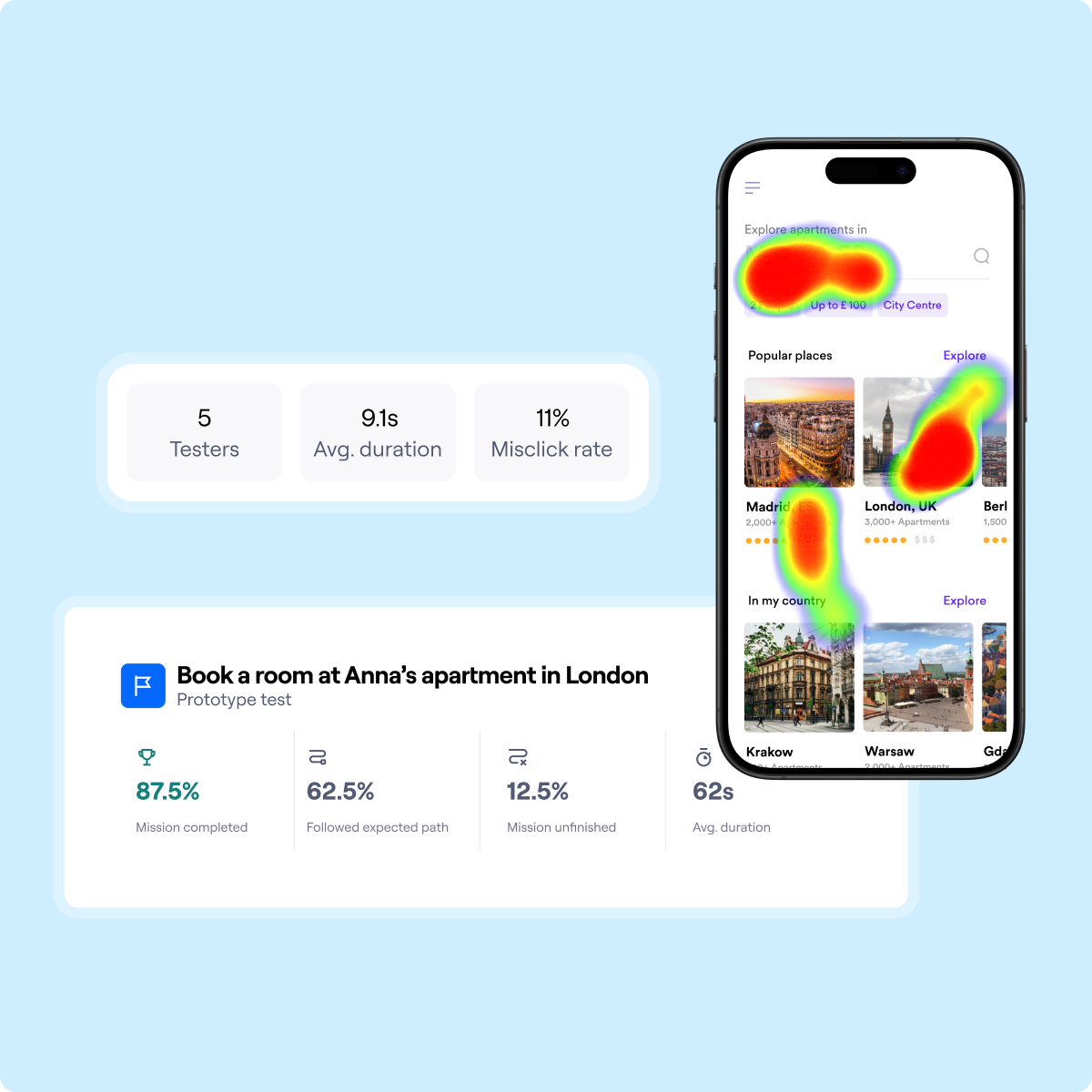
Maze is a leading user research platform that offers Mobile Usability Testing to help you create better, more cohesive mobile experiences. With Maze’s desktop and mobile testing platforms, your usability testing is fully native, giving you detailed recordings and mobile journey tracking.
Combined with rich, quantitative metrics such as success rates, user paths, and heatmaps, Maze gives you authentic user insights in a fully mobile context. Plus, Maze also offers automated, AI-powered reports, making it easy to share your insights with stakeholders for swift, data-backed decision making.
Pricing:
- Free
- Enterprise: Custom pricing
Want to find out more? Read all about Maze’s mobile app and how it can help you build better products across devices.
2. Loop 11: Good for AI-generated reports
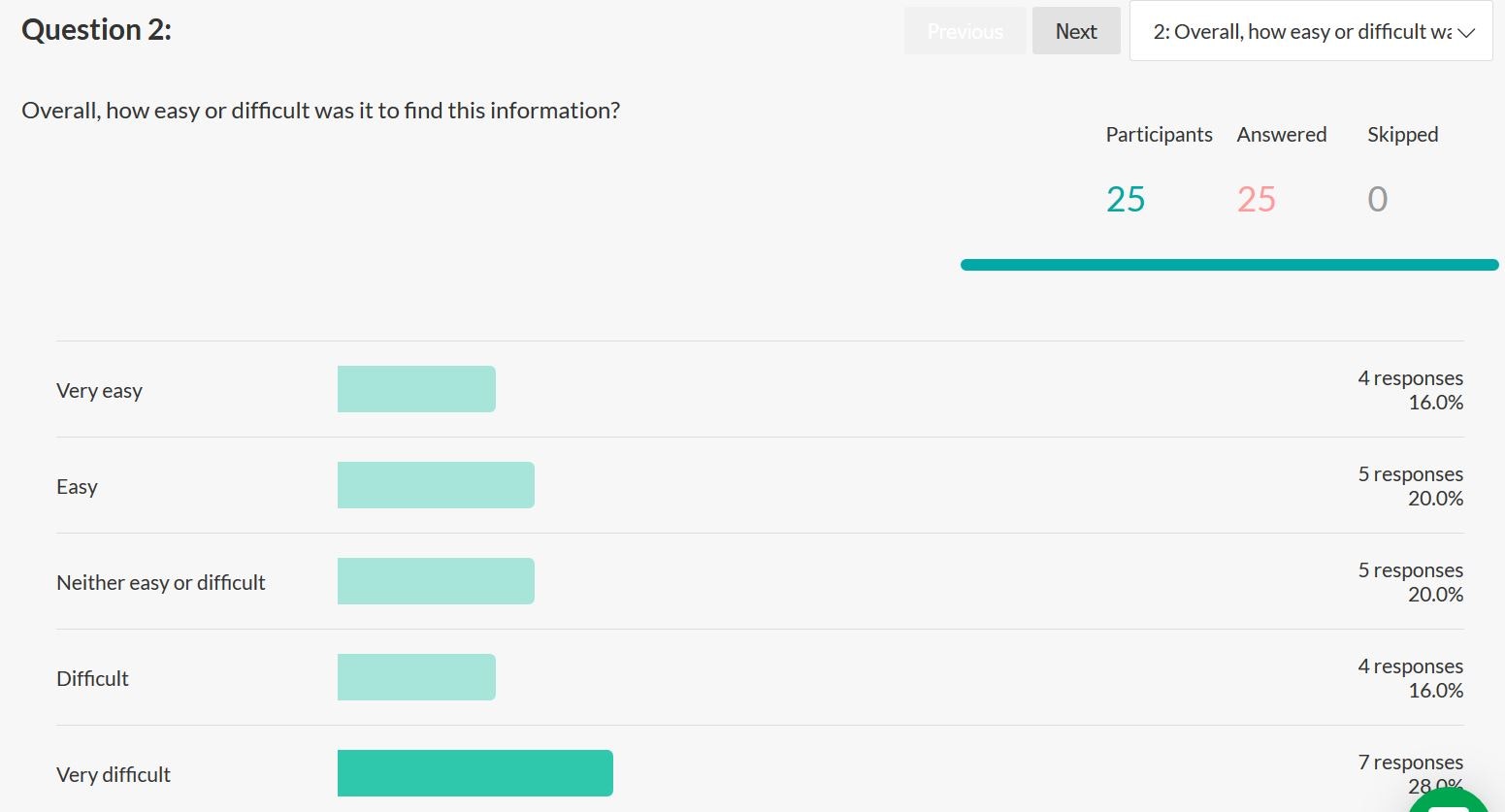
Loop 11 is a UX research tool with advanced filtering and analysis capabilities. Besides offering a range of moderated and unmoderated mobile usability tests, such as A/B testing, Loop 11 also specializes in creating deep AI-assisted summaries alongside a range of flexible audio and screen recordings.
Pricing:
- Rapid insights: $179/month
- Pro: $399/month
- Enterprise: Custom pricing
3. Playbook UX: Good for video-based feedback
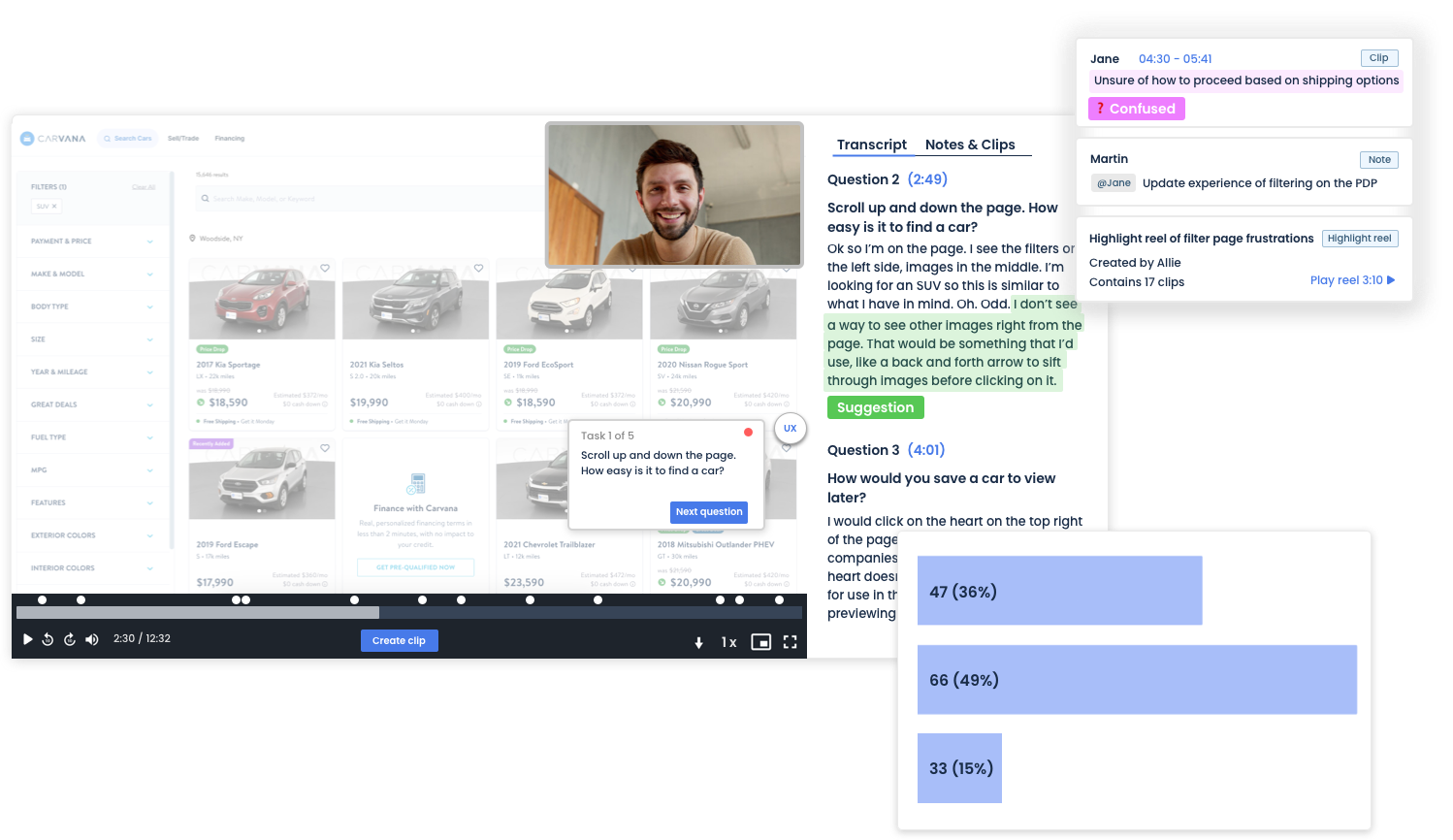
Playbook UX is a user research platform that makes it especially easy to assign usability tasks and have participants record them live. While it comes with plenty of methods to choose from, Playbook UX is especially known for its flexible usability tests for mobile applications, websites, prototypes, concepts, and more. Users can quickly gather feedback in the form of videos and AI-assisted analytics reports with task completion and user flows.
Pricing:
- Pay as you go
- Scale: $5,400/year
- Pro: $8,800/year
- Enterprise: Custom pricing
4. UXtweak: Good for flexible and custom usability testing
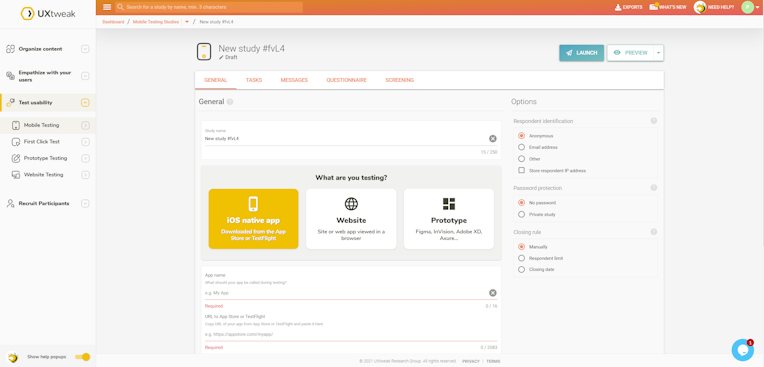
UXtweak comes with a range of mobile testing options for Figma prototypes, beta versions on TestFlight, APK download links, Google Play, and App Store apps. It also offers a range of customization features, such as a rich text editor and follow-up questions for greater control over usability tests.
Pricing:
- Free
- Business: €125/month
- Custom: Individual pricing
5. Userlytics: Good for a wide range of usability tests
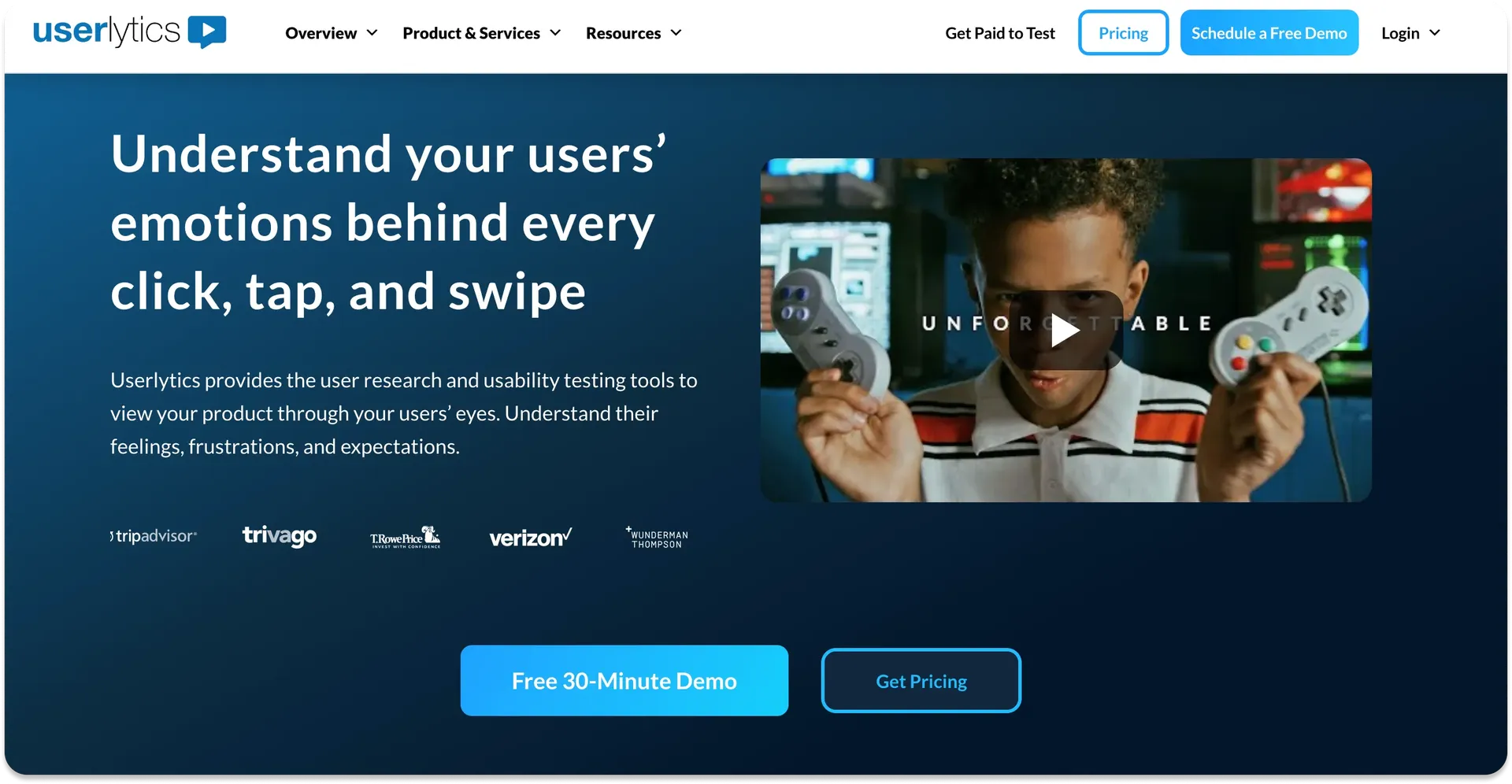
Userlytics is another research platform that helps you get both qualitative and quantitative data through mobile user research methods. Besides recording participants’ facial expressions during usability tests, Userlytics also offers a range of methods like A/B testing, preference tests, 5-second tests, and first-click testing.
Pricing:
- Project-based: Custom pricing
- Enterprise: $34/session
- Limitless: Custom quote
Test to win mobile UX with Maze
When building a mobile digital experience, usability testing is an essential method for any UX researcher who needs user insights to create a smooth and intuitive mobile experience.
Mobile usability testing gives you the direct feedback you need to assess anything from your UI’s navigability to user friction points and frustration.
Using a testing tool like Maze can make the mobile usability testing process easier, faster, and more insightful. Maze’s mobile testing gives you access to a range of usability testing tools and analytics—from heatmaps to user paths—making it quick and easy to design, deploy, and get actionable user insights for data-backed design decisions.
FAQs about mobile usability testing
What is mobile usability testing?
What is mobile usability testing?
Mobile usability testing is a UX research method that involves giving users a task to complete on your mobile website or app. It helps you assess your digital product’s functionality, UX, and ease of use while giving you the user insights necessary to fix usability issues.
How is mobile usability testing different from desktop testing?
How is mobile usability testing different from desktop testing?
Mobile usability testing comes with different considerations than desktop testing. For example, researchers can choose to measure and optimize smartphone user behavior and gestures like taps, scrolls, and pinches for navigability and ease of use. Another important factor is different platforms, including usability testing for iOS, where users expect streamlined apps, and Android, where they prefer more customization.
What are the best tools for mobile usability testing?
What are the best tools for mobile usability testing?
The best platforms for mobile usability testing that offer everything from heatmaps to session replay tools include:
- Maze
- Loop 11
- Playbook UX
- UXtweak
- Userlytics
Can AI improve mobile usability testing?
Can AI improve mobile usability testing?
Yes, it absolutely can. One way AI helps with usability testing on mobile devices is by analyzing qualitative and quantitative user data and turning it into insights for your entire design team. Many mobile usability testing tools—like Maze—have AI usability testing that can analyze success rate and user flows while creating heatmaps and even identifying rage taps when your users are frustrated.



